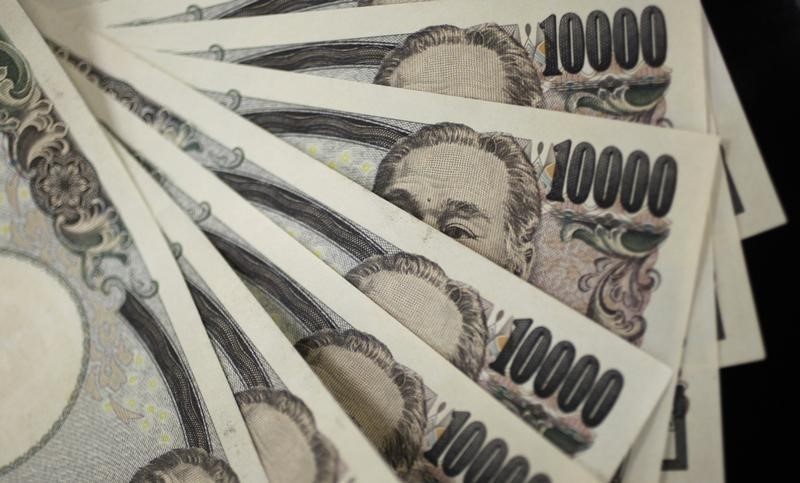Financial Associated Press, October 23 (Editor Shi Zhengcheng)From Friday evening to Saturday morning, Beijing time, the exchange rate fluctuated sharply for a short time during the European and American trading hours. After falling below the 150 mark, the exchange rate rose sharply and finally closed at around 147. There is widespread speculation in the market that this is also the second time the Bank of Japan came out to maintain the exchange rate after September 22.
(Central Bank operations tend to leave obvious traces of fluctuations, source: TradingView) It is only speculation, because unlike the September operation, which was officially announced by the Ministry of Finance, the Japanese Ministry of Finance has not officially claimed this Friday’s measures. The only thing that can chew out some clues is the statement of Japanese Prime Minister Fumio Kishida.During a weekend visit to Australia, Fumio Kishida saidGovernment will take appropriate measures to deal with extreme volatility in foreign exchange market。
According to the calculations of foreign exchange traders quoted by the media,An operation of this scale on Friday alone could cost the BOJ at least $30 billion.For reference, data released by the Bank of Japan earlier showed that foreign exchange market intervention in September cost a total of nearly 20 billion US dollars, pushingJapan’s foreign reserves plummeted 4.2% month-on-month to US$1.238 trillion, the decline also set a record for the country。
It is very likely that these two interventions are just the beginning. Bank of America predicted last month thatAfter the Bank of Japan intervened in currency markets for the first time since 1998 in September, there may be “closer to 10 more” market interventions in the future.
However, while the Bank of Japan insists on ultra-low policy interest rates, the Federal Reserve is about to raise interest rates by 75 basis points again in two weeks.
Of course, the “late night overtime” of the Ministry of Finance and the Bank of Japan this Friday also had some miraculous effects. Nomura Securities economist Takahide Kiuchi explained that this week’s market intervention had a bigger impact than expected.Traders alsoThe government did not choose to intervene during the Japanese trading session, but was shocked by the full-scale attack during the European and American session.. Of course, the performance of the market also reflected that the intervention cost a larger amount of money.
Background: How the Bank of Japan Intervenes in Currency Markets
According to Japanese law, the Ministry of Finance has the decision-making power to intervene in the foreign exchange market, while the Bank of Japan is responsible for the actual operation. In more detail, the Deputy Minister of International Affairs of Japan’s Ministry of Finance, Makoto Kanda, needs to make a final decision to “intervene in the market” and report it to Finance Minister Shunichi Suzuki for approval.
(Kanda real data map, source: social media) When the decision is made, the Bank of Japan will be informed of the specific operation amount. Take the last two operations as an example, the Bank of Japan dumped dollars into the market and bought yen. During U.S. trading hours, the BOJ can also conduct direct transactions with foreign counterparties, including the New York Fed.
In the past, many countries have discussed joint intervention. For example, the Plaza Accord or the G7 intervened in the euro and yen markets in 2000 and 2011, respectively. However, the recent two fluctuations in the yen are highly likely to be the actions of the Bank of Japan alone.
In addition to the two huge yen shocks on Friday and September 22, the market is also suspecting that the Bank of Japan “sneaked in” on October 13, the day the US announced the CPI, which also needs to be confirmed by official data.
Japan’s finance ministry typically discloses at the end of each month how much it spent on market interventions this month, but this figure is only a total. The specific data for each day will have to wait for quarterly data, and the next release date will be in February next year, when the final mystery of “what the Bank of Japan has done these days” will be fully revealed.
